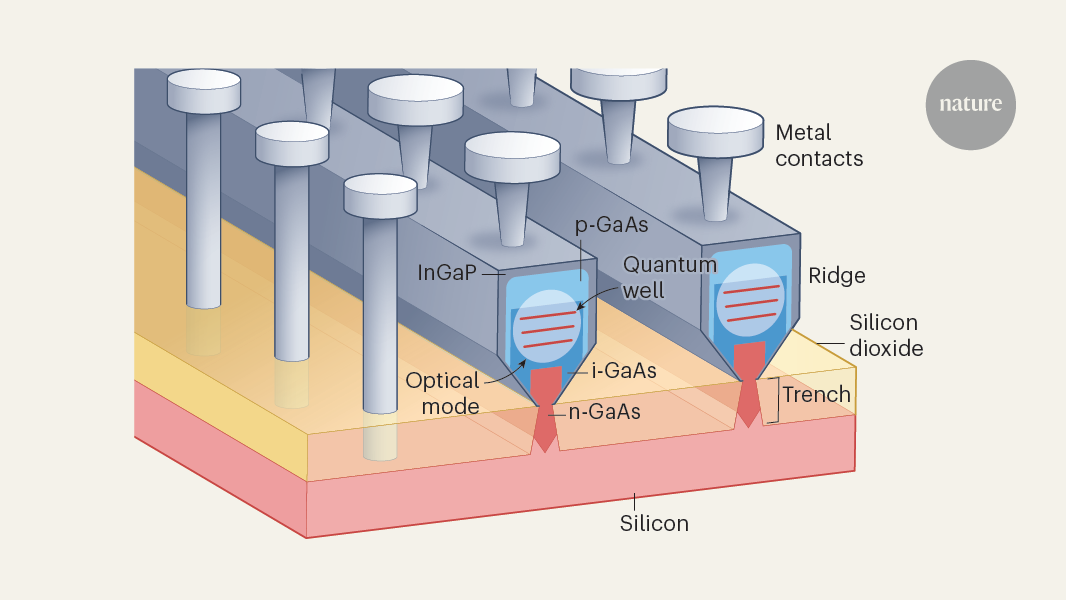Get the latest tech news
From ASCII to ASIC: Porting donut.c to a tiny slice of silicon
Implementing the famous donut.c animation in actual silicon using CORDIC and ray marching
Instead, it's making an iterative approximation of a ray-traced donut, and it is racing the VGA beam — every 39 nanoseconds, the monitor is going to show the next pixel, ready or not, practical considerations limit us to a ~50MHz clock, and we have no memory buffer whatsoever — so it doesn't have enough time to do a good job; the polygonal appearance is a complete accident! From obfuscated C code printing ASCII art, to bitwise operations rendering 3D graphics, and finally to a tiny slice of silicon racing an electron beam, this project shows how the same basic idea can be reimagined and refined. While the original donut.c was an exercise in creative constraint — fitting a 3D renderer into as little code as possible — this hardware implementation pushed different limits: how few gates, how few operations per pixel could still produce a recognizable rotating donut?
Or read this on Hacker News

